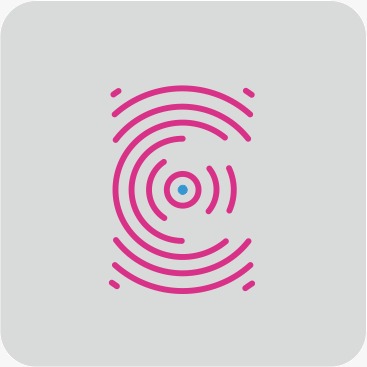Japan Earthquake Risk Map
Earthquakes are a common occurrence in Japan, and the country is at high risk for major earthquakes. To help mitigate this risk, scientists have developed early warning short-term earthquake risk models. These models are exclusive solutions that track earthquake risk level changes on a daily basis and represent them in high-resolution earthquake risk maps.
Early warning short-term earthquake risk models can be used to:
- Mitigate earthquake risk: By understanding the earthquake risk level in a given area, people can take steps to reduce their risk, such as reinforcing their homes or businesses or developing evacuation plans.
- Decrease earthquake risk impact: Early warning short-term earthquake risk models can be used to develop early warning systems that can alert people to an impending earthquake, giving them time to seek shelter or take other safety precautions. This can help to reduce the number of casualties and injuries caused by earthquakes.
- Transfer earthquake financial risks: Early warning short-term earthquake risk models can be used to develop insurance products that can help businesses and individuals to transfer their financial risk from earthquakes. This can help to reduce the financial impact of earthquakes on businesses and individuals.
How Japan Earthquake Risk Maps Work
Early warning short-term earthquake risk models use a variety of data to assess the earthquake risk level in a given area. This data includes:
- Historical earthquake data: Data on past earthquakes, including their magnitude, location, and depth, can be used to identify areas that are at high risk for future earthquakes.
- Geological data: Data on the geological structure of an area can help to identify areas that are at high risk for earthquakes and ground shaking.
- Real-time data: Data from seismic sensors can be used to detect and track earthquakes as they occur.
Early warning short-term earthquake risk models use this data to calculate the probability of an earthquake occurring in a given area within a certain period of time, typically the next day. This information is then used to create high-resolution earthquake risk maps that show the earthquake risk level in different areas.
Benefits of Japan Earthquake Risk Maps
Japan earthquake risk maps can be used by a variety of stakeholders to mitigate earthquake risk, decrease earthquake risk impact, and transfer earthquake financial risks.
- Governments: Governments can use Japan earthquake risk maps to develop earthquake preparedness and response plans. They can also use the maps to identify areas that need to be reinforced or rebuilt to make them more earthquake-resistant.
- Businesses: Businesses can use Japan earthquake risk maps to assess their earthquake risk and develop business continuity plans. They can also use the maps to purchase insurance to protect themselves from the financial impact of earthquakes.
- Individuals: Individuals can use Japan earthquake risk maps to understand their earthquake risk and take steps to reduce their risk, such as reinforcing their homes or developing evacuation plans.
Conclusion
Japan earthquake risk maps are a valuable tool for mitigating earthquake risk, decreasing earthquake risk impact, and transferring earthquake financial risks. By using these maps, governments, businesses, and individuals can take steps to protect themselves from the devastating effects of earthquakes.
